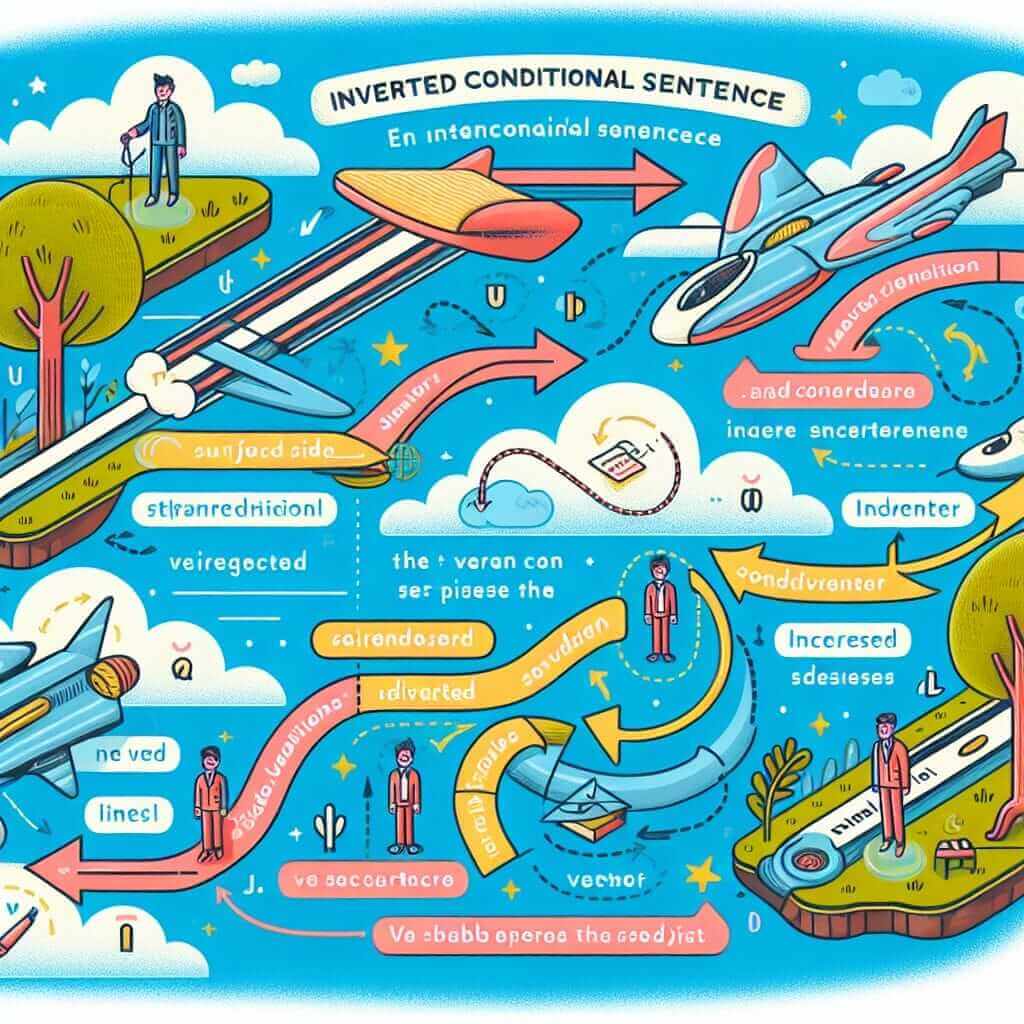“Were I to reflect, I would change my approach” – this sentence, while seemingly straightforward, utilizes a nuanced grammatical structure that can elevate your English proficiency, particularly in the context of IELTS. This article will delve into this unique construction, providing you with the tools to understand, utilize, and master it for your exam success.
Let’s examine some examples of how this structure can be employed across different sections of the IELTS:
Speaking (Part 3):
Examiner: “Do you think people learn from their mistakes?”
You: “Absolutely. Were I to reflect on my own experiences, I’d say that some of my greatest lessons have come from missteps and failures.”
Writing (Task 2):
“Some argue that the pursuit of economic growth should be prioritized over environmental protection. Were we to adopt this short-sighted approach, the consequences for our planet would be dire.”
Listening:
(In a lecture about historical events) “Had the king not ignored the warnings of his advisors, the outcome of the war might have been different.”
In each instance, the structure adds a layer of sophistication and hypothetical consideration to the language. Let’s break down why.
Understanding the Inverted Conditional
The phrase “Were I to reflect…” exemplifies what’s known as an inverted conditional or a conditional clause inversion. This structure is used to express hypothetical or unlikely situations in a more formal and indirect way.
Form and Function
The key characteristic of this structure is the inversion of the subject and the verb ‘were’ (or ‘had’ in the past perfect). This inversion eliminates the need for the conjunction “if.”
Standard Conditional: If I were to reflect…
Inverted Conditional: Were I to reflect…
This structure is typically used with the present unreal conditional (referring to hypothetical situations in the present) and past unreal conditional (referring to hypothetical situations in the past).

Mastering the Inverted Conditional for IELTS
Usage in Different Sections:
- Speaking: Employ this structure in Part 2 and Part 3 to showcase a sophisticated grasp of grammar when discussing hypothetical scenarios or expressing opinions.
- Writing: This construction is particularly effective in Task 2 essays when you’re presenting counterarguments or exploring alternative viewpoints.
- Listening: Be prepared to identify and understand this structure when it appears in lectures or conversations.
Achieving a Higher Band Score:
- Varied Sentence Structure: Using inverted conditionals demonstrates your ability to manipulate sentence structure effectively, a key factor in achieving a higher grammatical range score.
- Formal Register: This structure lends a formal tone to your language, which is particularly important for Writing Task 2.
- Hypothetical Situations: It enables you to discuss hypothetical scenarios with clarity and precision.
Common Errors and How to Avoid Them:
-
Incorrect Verb Tense: Ensure you’re using the correct tense for the situation you’re describing (present unreal or past unreal conditional).
- Incorrect: Were I reflect on my actions…
- Correct: Were I to reflect on my actions…
-
Incorrect Inversion: The inversion of the subject and ‘were’ or ‘had’ is crucial.
- Incorrect: If I were to have studied harder…
- Correct: Had I studied harder…
Conclusion
Mastering grammatical structures like the inverted conditional can significantly enhance the sophistication and fluency of your English, ultimately contributing to a higher IELTS band score. By understanding its form, function, and appropriate usage, you can confidently incorporate this structure into your speaking and writing, demonstrating a command of the nuances of the English language. Remember to practice using this construction in various contexts to improve your fluency and accuracy.